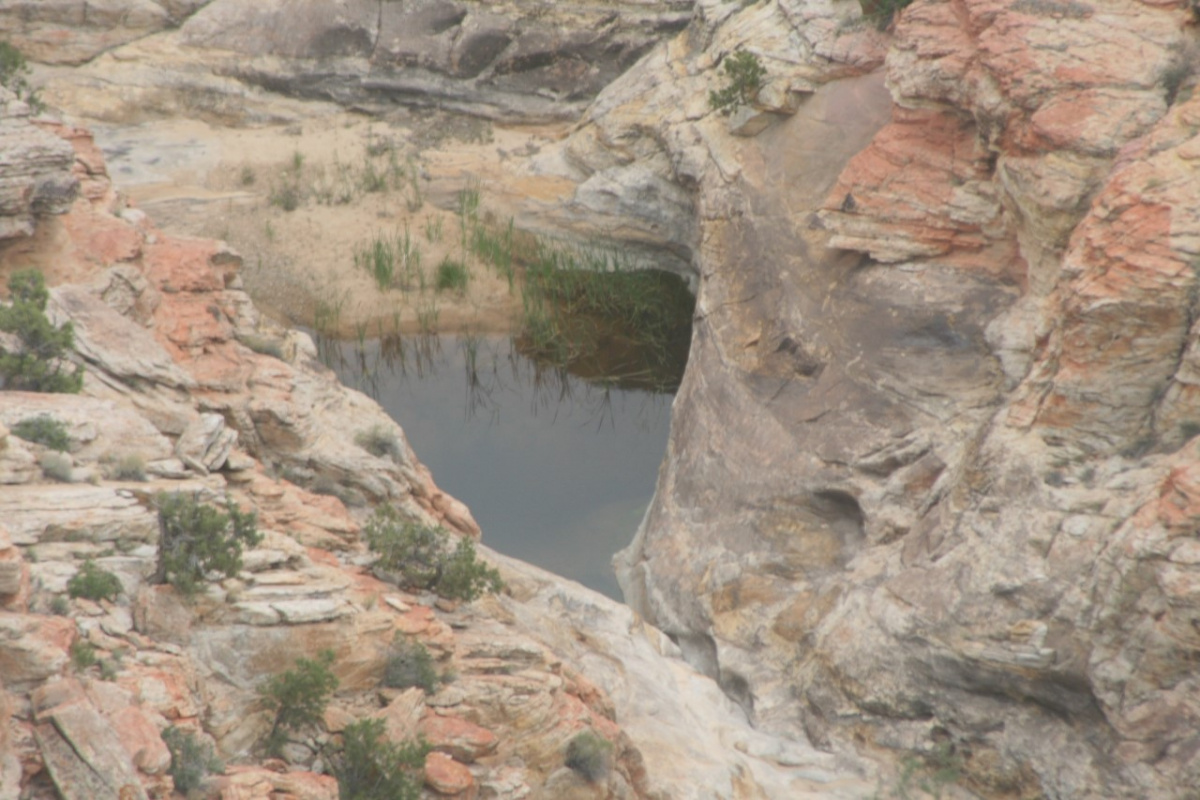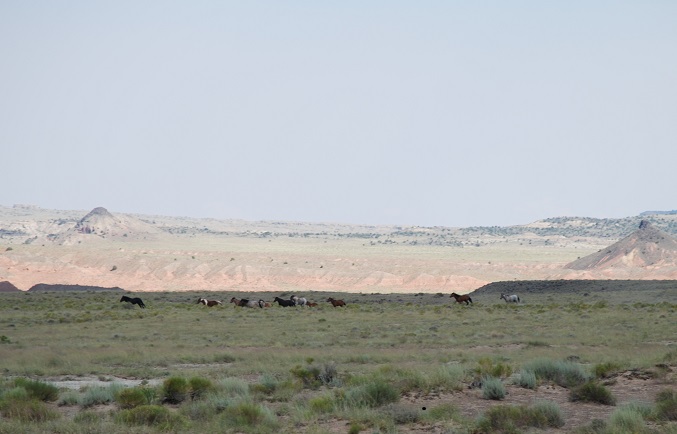Attachments
Related Stories
- Popular posts: BLM's most viewed blogs of 2025
- “Where did my horse come from?” BLM launches a new way for adopters, trainers and others to learn about their wild horses and burros
- Building for birds: Scouts support public lands
- BLM dispersed camping rules enforced through local action and Tooele County partnership
- Forever Branded Bonanza shines at Nebraska State Fair
Office
170 South 500 East
Vernal, UT 84078
United States
Phone:
Email:


